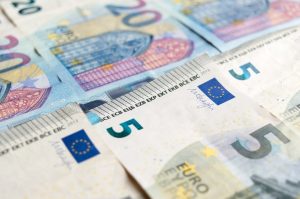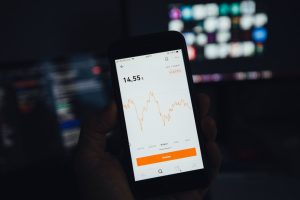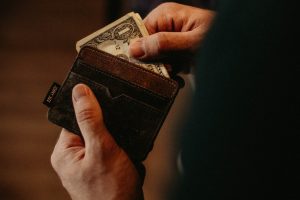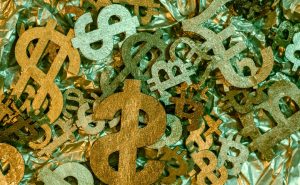Forex trading is a global market that is open 24 hours a day, five days a week. The market operates in different time zones, and therefore, each trading day has different sessions that overlap each other. The first forex session to open is the Asian trading session, which starts at 6 pm EST on Sunday and ends at 4 am EST on Monday.
The Asian trading session is also known as the Tokyo session, as it is based in Tokyo and covers the Asian markets. The session is significant because it is the first session to open after the weekend, and it sets the tone for the rest of the week. The session is also known for its volatility, as it can experience significant price movements due to the release of important economic data from the Asia-Pacific region.
The Asian session accounts for around 21% of the total forex trading volume, which makes it the third-largest trading session after the European and American sessions. The session starts when the markets in Australia and New Zealand open, and it ends when the markets in Japan close. During this period, the major trading centers in the region, such as Singapore, Hong Kong, and China, also participate in the market.
The Asian trading session is characterized by low liquidity, especially during the first few hours of the session. This is because most of the traders in the region are not active during this period, and there are fewer market participants. However, as the session progresses, the liquidity increases, and the market becomes more active.
The session is also known for its sensitivity to news events and economic data releases from the region. For instance, the release of economic data from China, such as the GDP, industrial production, and retail sales, can have a significant impact on the market. Other important events that can affect the market include speeches by central bank officials, geopolitical tensions, and natural disasters.
During the Asian trading session, the most actively traded currencies are the Japanese yen (JPY), the Australian dollar (AUD), and the New Zealand dollar (NZD). The JPY is the most traded currency during this session, as it is the base currency of the Japanese economy, which is the third-largest economy in the world. The AUD and NZD are also popular currency pairs, as they are closely tied to the commodity markets in the region.
Traders who trade during the Asian session can use a variety of trading strategies, depending on their trading style and risk appetite. Some traders prefer to use technical analysis, which involves studying charts and indicators to identify trading opportunities. Others prefer to use fundamental analysis, which involves analyzing economic data releases and news events to predict market movements.
In conclusion, the Asian trading session is the first forex session to open and sets the tone for the rest of the week. The session is characterized by low liquidity during the first few hours, but it becomes more active as the session progresses. Traders who trade during this session can use a variety of trading strategies, and the most actively traded currencies are the JPY, AUD, and NZD. Understanding the dynamics of the Asian trading session is essential for any forex trader who wants to be successful in the market.






